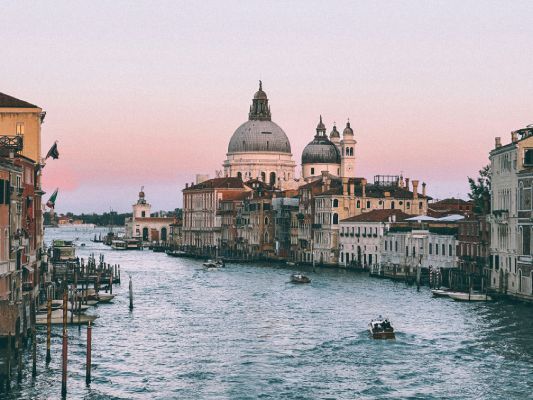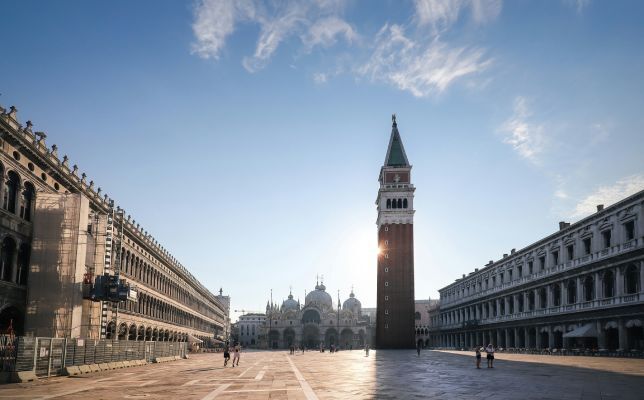Nestled in the heart of Italy, lies a fascinating city built upon the Adriatic Sea. This architectural wonder, often seen in photographs with scenic waterways and striking historical buildings, is none other than Venice. To discover more about this intriguing city and its myriad attractions, feel free to explore Venice with Italy on Foot, which offers deeper insights and delightful walking tours.
Understanding Venice’s Architectural Roots
Venice’s origins date back to the 5th century when people fleeing Barbarian invasions found refuge on the Venetian lagoon’s numerous islands. These islands were initially not considered ideal for settlement due to their marshy and unstable grounds. However, the settlers ingeniously turned these challenges to their advantage, creating what would become one of the most extraordinary urban environments in the world.
The foundation of Venice lies in its unique construction over thousands of wooden piles driven deep into the layer of sand and clay below the water. Each building in Venice is supported by these piles, which are made primarily from alder trees, a wood known for its water-resistant properties. The underwater parts of these piles do not decay easily due to the anaerobic (oxygen-poor) environment, allowing them to provide stable support.
Venice: The Sinking City
Despite the clever design, Venice has been battling with the issue of sinking. Over centuries, the weight of the buildings has caused the wooden foundations to sink deeper into the soft subsoil. Additionally, the extraction of groundwater for industrial purposes in the 20th century accelerated this process, causing the city to sink at a faster rate than expected. Measures have been taken to reduce groundwater extraction, but the problem of subsidence combined with the rising sea levels due to climate change continues to threaten this historic city.
The introduction of the MOSE project (Modulo Sperimentale Elettromeccanico), an integrated defense system of mobile gates designed to isolate the Venetian Lagoon from the Adriatic Sea during high tides, has been a crucial development in recent decades. This project aims to mitigate the effects of flooding and provide a reprieve from the encroaching waters.


The Marvel of Venetian Architecture: How Buildings Stay Afloat
This remarkable city’s structures remain above water through the strength of its foundational engineering. The piles driven into the ground have created a stable platform upon which the city’s buildings stand. Over these piles, a platform of wooden planks is constructed, and on top of this platform, stone and marble buildings are erected. Despite being surrounded by water, the materials and methods selected for construction ensure that buildings do not submerge or shift significantly.
Navigating the Waters: The Essence of Venice
Contrary to what some might believe, the canals of Venice are not filled with seawater but are a mix of saltwater from the sea and freshwater from the rivers. This brackish water contributes to the unique ecosystem of the lagoon and adds to the city’s charm. The canals serve as streets, with gondolas and vaporetti (water buses) transporting residents and tourists alike.
Venice’s Test of Time: Age of the Buildings
The architecture in Venice spans several centuries, with some buildings dating back to the medieval era. The rich history of the city is visible in its diverse architectural styles, from Byzantine to Renaissance to modern influences. The oldest parts of the city are around the Rialto area, where the settlements began, while the iconic Basilica di San Marco was consecrated in 1094, reflecting the city’s historical and cultural significance through its grandeur.
Venice endures as a symbol of resilience and ingenuity. It’s a city where the past meets the present, where every corner tells a story, and where the waters, while a source of beauty, also pose a continuous challenge. As efforts continue to preserve this magnificent city, Venice remains a testament to human creativity and determination amidst nature’s immense challenges. For those enchanted by its beauty and intrigued by its history, Venice continues to hold a treasure trove of experiences, waiting to be discovered and cherished.



